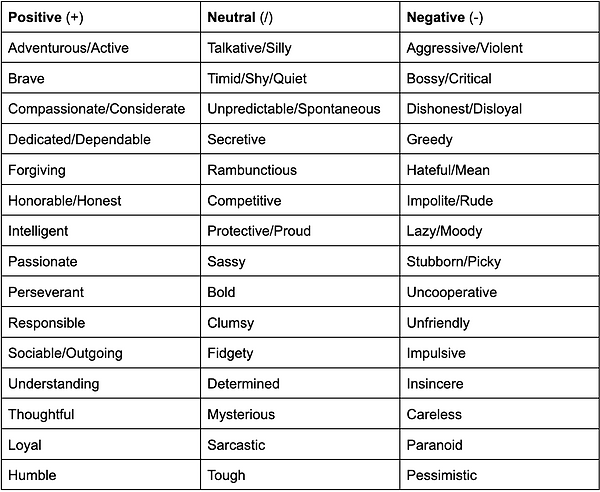Kendra Barr AP Research

Blog #1
November 14th: Road to Approval
Start to Research
When beginning my research I was had no clue on the type of research I wanted to conduct. I knew I was not going down the science or math route, so it left psychology or literature. In the past I have done a lot of work in looking further into topics that have already been researched like secondary education and conformity within media. Over the summer I was initially sparked by seeing a previous show I used to watch when I was younger. This specific show was one that my mother never wanted me to watch, because she claimed it fed nonsense into my head. This was always an idea in the back of my head, but when further researching and seeing no scholarly conversation on this topic I knew I had found the right fit. From there I had focused mainly on my research question, figuring out which shows I wanted to code and the targeted age group. The specific studies below are the studies that led me to my final question.
-
Ages and Stages of Development by California Department of Education
-
Early Television Exposure and Children's Behavioral and Social Outcomes at Age 30 Months
-
The Influence of Violent TV Cartoons Watched by School Children in Turkey

Research Question
My final research question is: What are the character traits in different genres of cartoons targeting 5-8 year olds?
-
Sub Questions:
-
How do the specific episodes randomized effect the scoring of each character?
-
Does the gender of the producer effect the specific traits portrayed in each episode?
-
-
Key Search Terms:
-
Positive/Negative Traits: these two terms are based on the scoring of the character, the higher the score, the more positive, and vice versa.
-
Main Character: a much broader constellation of attitudes, behaviors, motivations, and skills.
-
Personality Chart: an instrument of adjectives and phrases developed specifically to determine one’s personality.
-
Influence: compelling behavior change without threat of punishment or promise of reward.
-
-
Hypothesis:
-
From all the research conducted so far I predict that the most popular youth TV shows have main characters that portray obstructive traits to younger individuals.
-

Research Proposal
To get a research project approved our process included introducing your project through a written research proposal. This allows us to introduce our topic, where it stemmed from, the scholarly conversation surrounding it, methodology, budget, safety, and main reasoning for our topic. From here our main advisor goes through to determine whether or not our project is fully supported, logical, and unbiased. Personally my proposal did not get approved initially due to the methodology I had chosen. My advisor had deemed it unreliable and confusing, even though my overall topic was approved I needed to do some revisions. From here I went back to do some more research on character traits to find a better way of being able to code. Soon enough I stumbled upon a list of positive, neutral, and negative traits that are taught to elementary school children from Elementary Essentials. Using this list I was able to create a personalized list, combining terms, to produce an easy to follow guide of traits (seen below). Once adding this new methodology to my proposal I was then fully approved to begin researching.

Methodology
Based on all the research I have conducted on my topic, there was not a true study to go off of for methodology, as this topic has never been researched before. So for my methodology I was purely looking at studies that had conducted an examination of behavior and personality. That is when I found the Five Factor Model of Personality from the National Library of Medicine. Alejandro Cosentino and Alejandro Castro Solano, the authors of this study, wanted to develop a model that was inclusive to all personalities in judging one's character. His study allowed me to create my own chart (pictured to the left) of adjectives based on his structure. Waiting on approval this study was initially my whole methodology. I was going to take the model he had built and score the characters off of that. But with further discussion my advisor and I found it to be biased and unreliable. This step led me to finding my main source from Elementary Essentials, that listed all positive, neutral, and negative traits that are being taught to children in schools today. Using this list I was able to combine a lot of the terms into my own personalized personality model. This model consists of fifteen adjectives/phrases to provide a basis on the scoring of each characters traits.